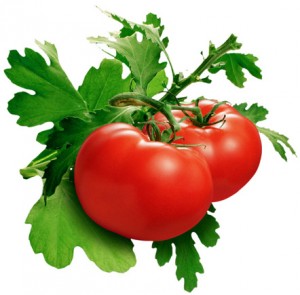
Lycopene is a highly sought after commodity because it is a powerful antioxidant. Lycopene can be found in a red and pink fruits and vegetables, but the problem is extracting the lycopene from the fruits and vegetables. Lycopene is so sought after as an antioxidant because it has been known to help protect cells from any damage that occurs from oxidation, including lowering the rates of general illnesses that people suffer, as well as prostate cancer.
With how much good this chemical has been shown to do, the demand for the chemical has increased, but only so much can be done to meet that demand because of the Lycopene extraction process. With how much the demand has been increasing, new methods for the Lycopene extraction process are being investigated, mainly to see if the supply can be increased to keep up with the demand.
The traditional method that has always been used to extract pure lycopene involved using tomatoes. Lycopene was extracted from tomatoes through a process that used chemical solvents. What happened during this process is that chemicals were added to the tomatoes to extract the chemical Lycopene. The problem with this method is that the Lycopene extraction process takes too long, so the suppliers of Lycopene cannot keep up with the demand.
To help meet the demand that the Lycopene industry is facing new Lycopene extraction processes have been studied, and some have shown some very promising results. The new method also involves extracting Lycopene from tomatoes, which the tomatoes are “rescued†from packers who cannot sell the tomatoes to stores because they do not qualify under USDA standards. How this process works is that the tomatoes are placed inside of a superficial gas extractor and the extractor removes a few grams of Lycopene from a few hundred pounds of produce. This superficial gas extractor is also used to extract caffeine from coffee beans to produce decaffeinated coffee beans.
One of the best things about this new process is that it does not leave behind any of the chemical residue that is left behind with the other Lycopene extraction process. Using this superficial gas extractor has been shown to produce a higher yield of Lycopene extract than other methods that uses supercritical gas to extract the chemical Lycopene.
Another Lycopene extraction process has been discovered in watermelons. This Lycopene extraction process can actually remove the lycopene from the watermelon without damaging the lycopene, which makes the chemical more stable.